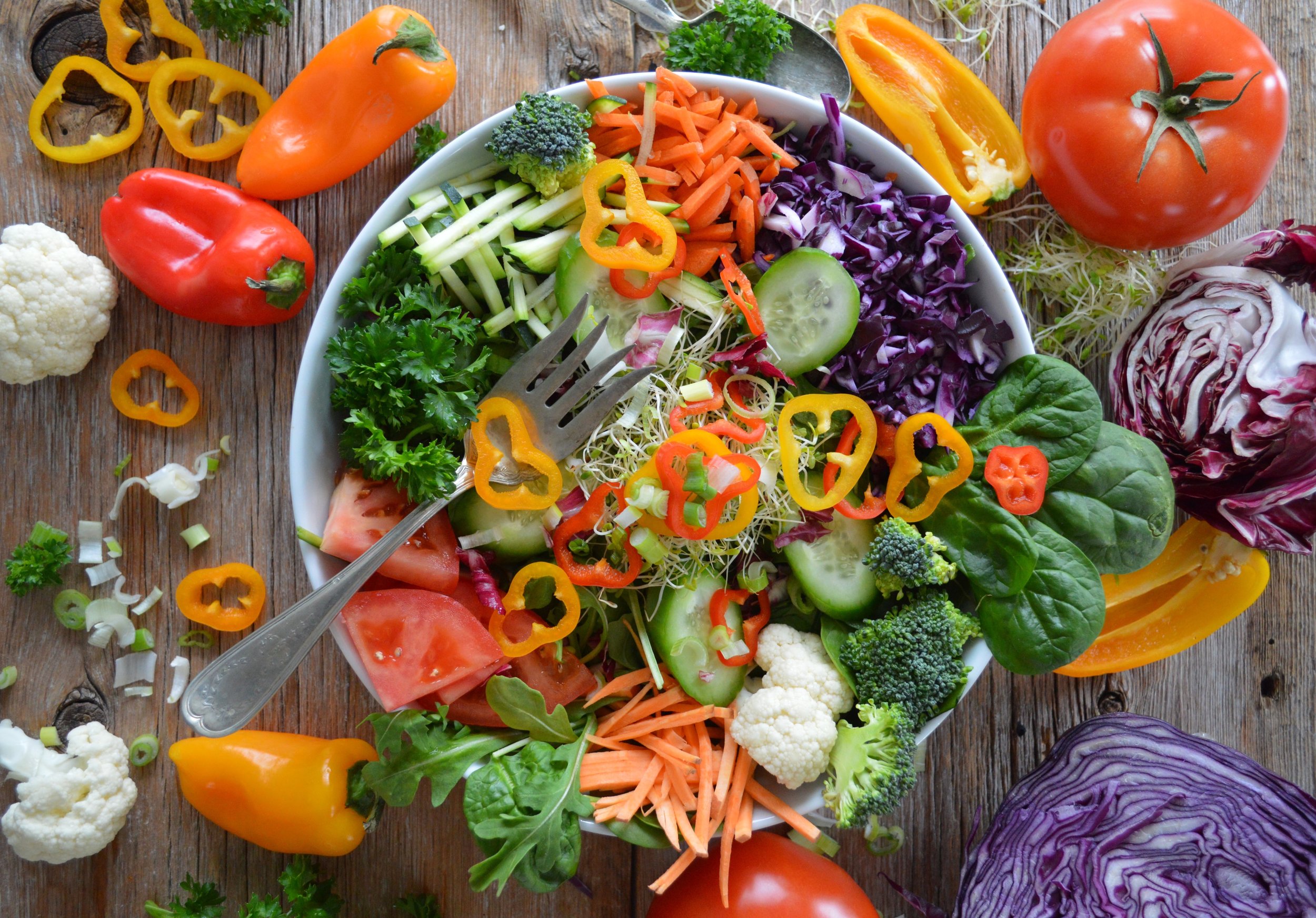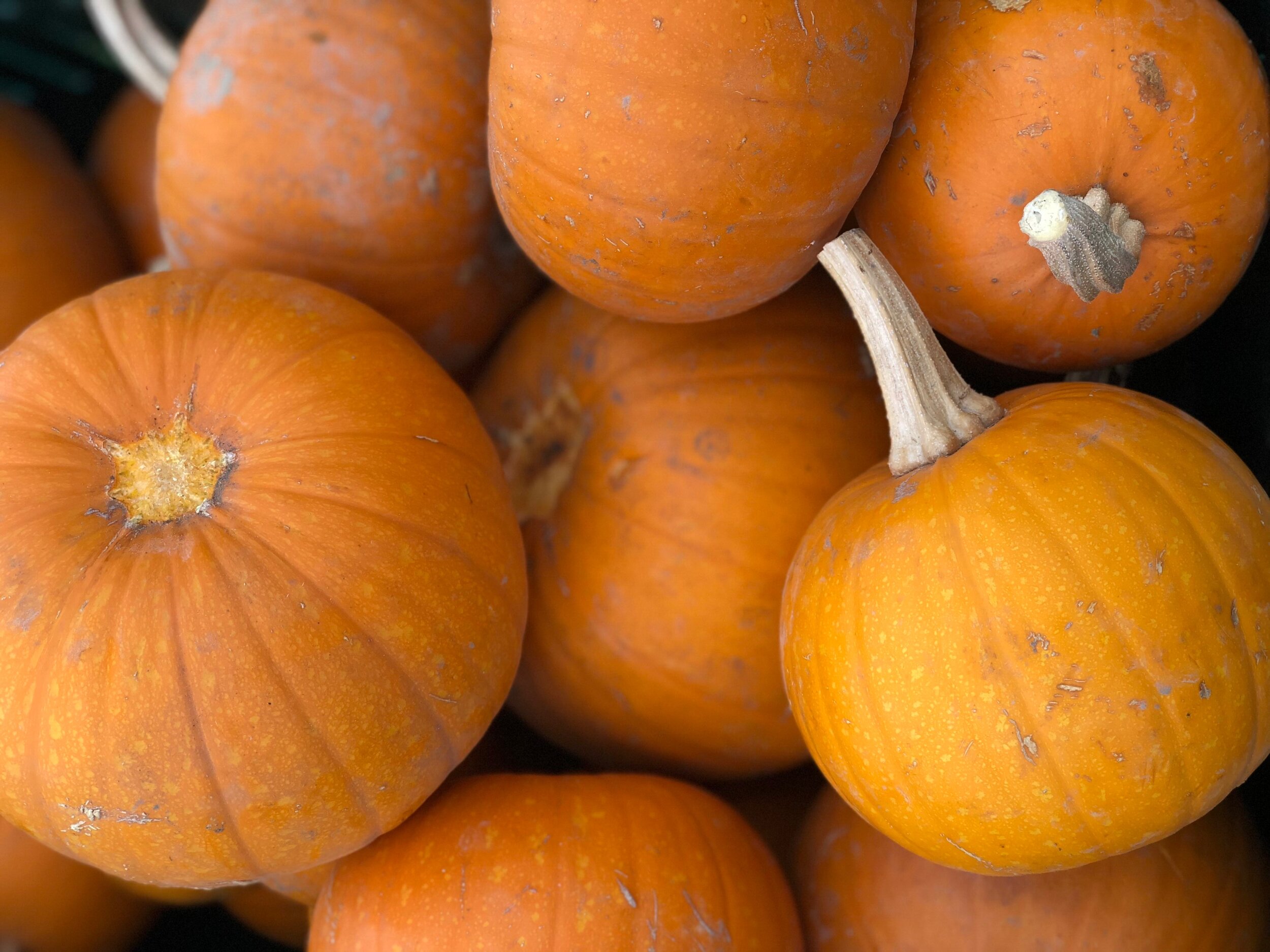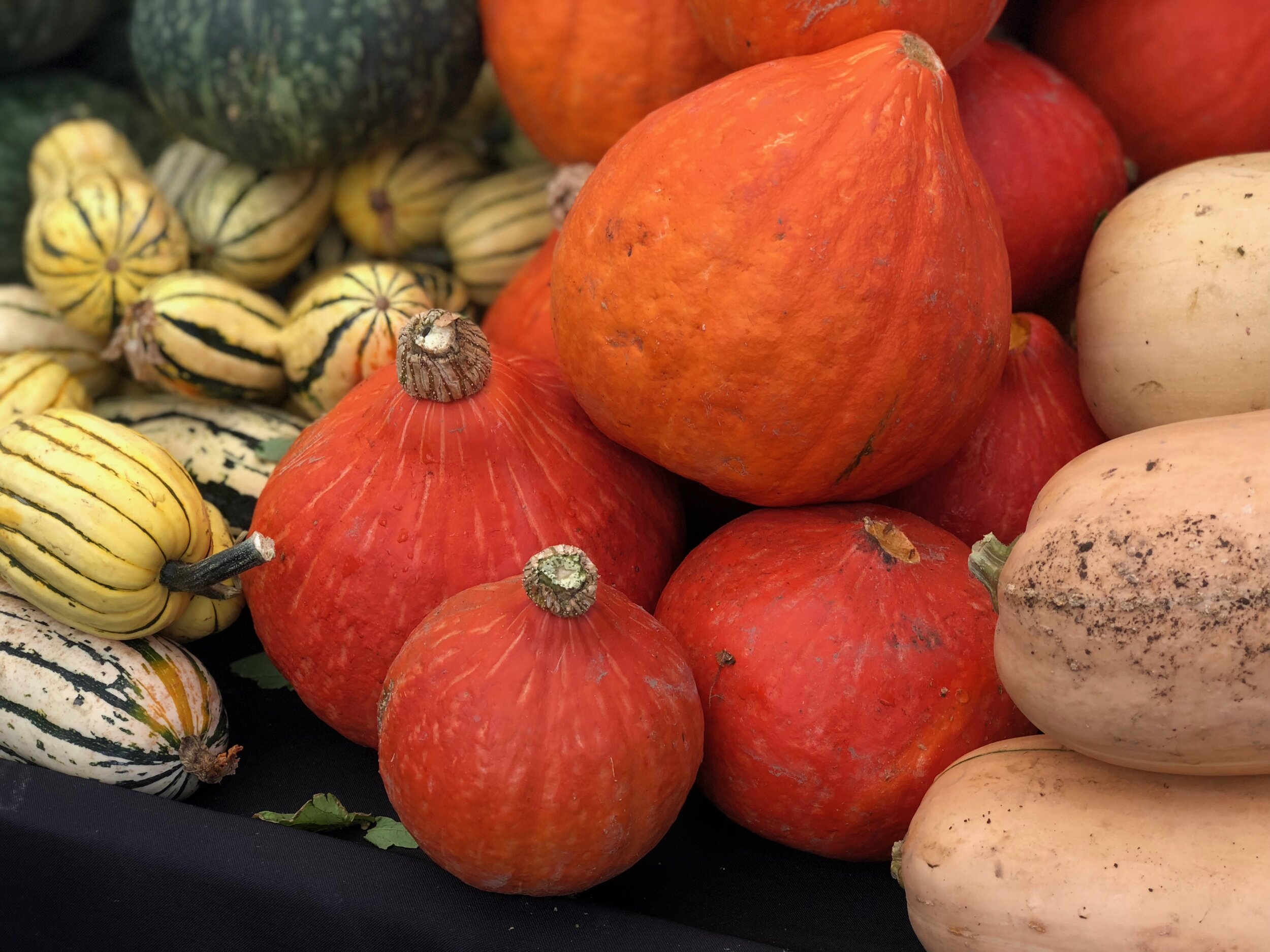Sugar Baby Pumpkin Soup
/ACTIVE PREP TIME: 35-40 MIN
A Family Tradition of Pumpkins
When I was in second grade, my home economics class made pumpkin bread for Thanksgiving. I brought home a six-inch-long loaf, shared it with my family and a decades-long tradition was born. Without fail, since 1981, my mother and both sisters have continued baking this recipe every November and December. I cannot forget the image of melted chocolate chips running all over our fingers as we gobbled down the first steaming slices prior to our Thanksgiving guests arriving. To this day, no Thanksgiving is complete without the scintillating aroma of cloves, cinnamon and allspice wafting throughout my parents house while the loaves bake.
Unlike other members of the hard squash family, such as red kuri, butternut or acorn, a pumpkin does not have a particularly assertive flavor. Interestingly, the festive holiday-like flavors come from the spices mixed into it, a mix known as “pumpkin spice”. You can find the recipe here.
Pumpkins: Their Nutritional Benefits
At first glance, pumpkins might appear to be merely a fun seasonal food. But dig a little deeper and you will realize how much nutritional value and culinary diversity a pumpkin packs. Both the pumpkin puree and the pumpkin seeds are edible and can be cooked into a huge assortment of recipes. Although it is tempting to purchase canned pumpkin purée, baking your own fresh pumpkin is always healthier. We purchase our pumpkins from Underwood Farms (based in Moorpark).
Besides the traditional pumpkin pie and pumpkin spice lattes that fill our Instagram feeds and dominate newsprint this time of year, pumpkin can be added to a host of delicious recipes. This includes soups, savory dishes, smoothies, homemade ice cream and pancakes. It is definitely not a one-trick-pony. And don’t forget about the roasted seeds!
Pumpkins are packed with vitamins and minerals. They are a very good source of potassium, magnesium and zinc in the diet. They also contain the powerful antioxidants lutein and zeaxanthin, as well as beta-carotene, which converts into copious amounts of vitamin A in your body and gives the pumpkin its signature orange color.
Why Make Pumpkin Soup?
Fast forward to 2019. Rather than baking that luscious pumpkin bread with refined flour and sugar, we have updated the tradition into a delicious pumpkin soup.
Why a soup? Soup is very hydrating. It is also easy to digest, so it is an excellent way to gets lots of vitamins and nutrients. And it makes your insides feel warm and comfortable on those cold winter days. Even in SoCal.
The Recipe
1 sugar baby pumpkin, baked in the oven on parchment paper at 350°F until soft
1 big Hannah sweet potato (or 2 medium-sized potatoes), peeled and diced
1 medium onion (preferably yellow)
8 cups water
1 tsp cinnamon
1/2 tsp pumpkin spice
1/3 cup raw unfiltered honey
Pinch of sea salt (plus more to taste)
The 6 Steps To Making Pumpkin Soup
In a large pan, sauté the onion in avocado oil until they are transparent.
To a large saucepan, add the onions and 4 cups of boiling water. Throw in the potato and let boil for 10 minutes.
Peel the pumpkin and remove the seeds. Set the seeds aside to be roasted. Add the pumpkin to the saucepan. Add more water if needed to cover the pumpkin.
Toss in cinnamon, pumpkin spice and salt.
Boil for 5 minutes.
Remove from heat, let cool for a few minutes, then blend with a hand blender.
Making Soup With Other Squashes: Red Kuri, Butternut
For this recipe, we used a sugar baby pumpkin. It is smaller than a carving pumpkin and has a sweeter, less grainy and more pulpy interior. But this recipe works very well with a variety of hard-skinned squashes, not just pumpkin. We’ve also made this soup with red kuri and butternut squash. These squashes yield a nuttier flavor, which is quite delicious. The texture and warming sensation are the same.
RED KURI SQUASH (CENTER), BUTTERNUT SQUASH (RIGHT) AND DELICATA SQUASH (LEFt)







